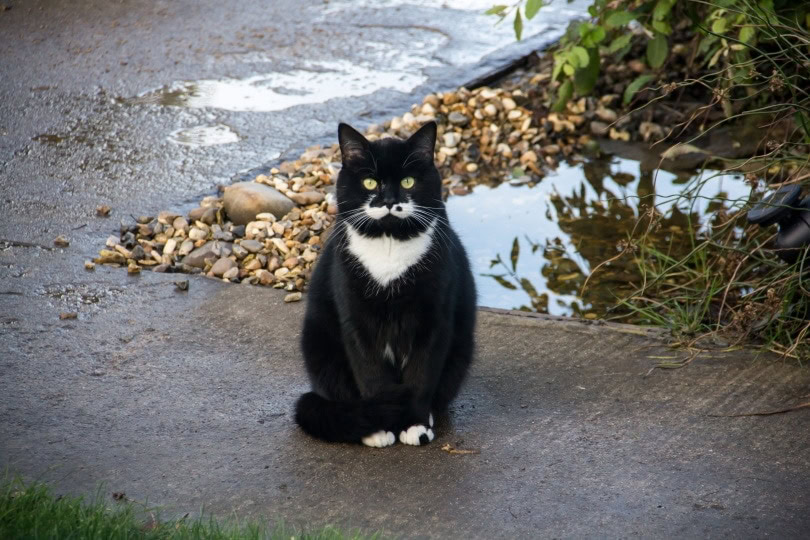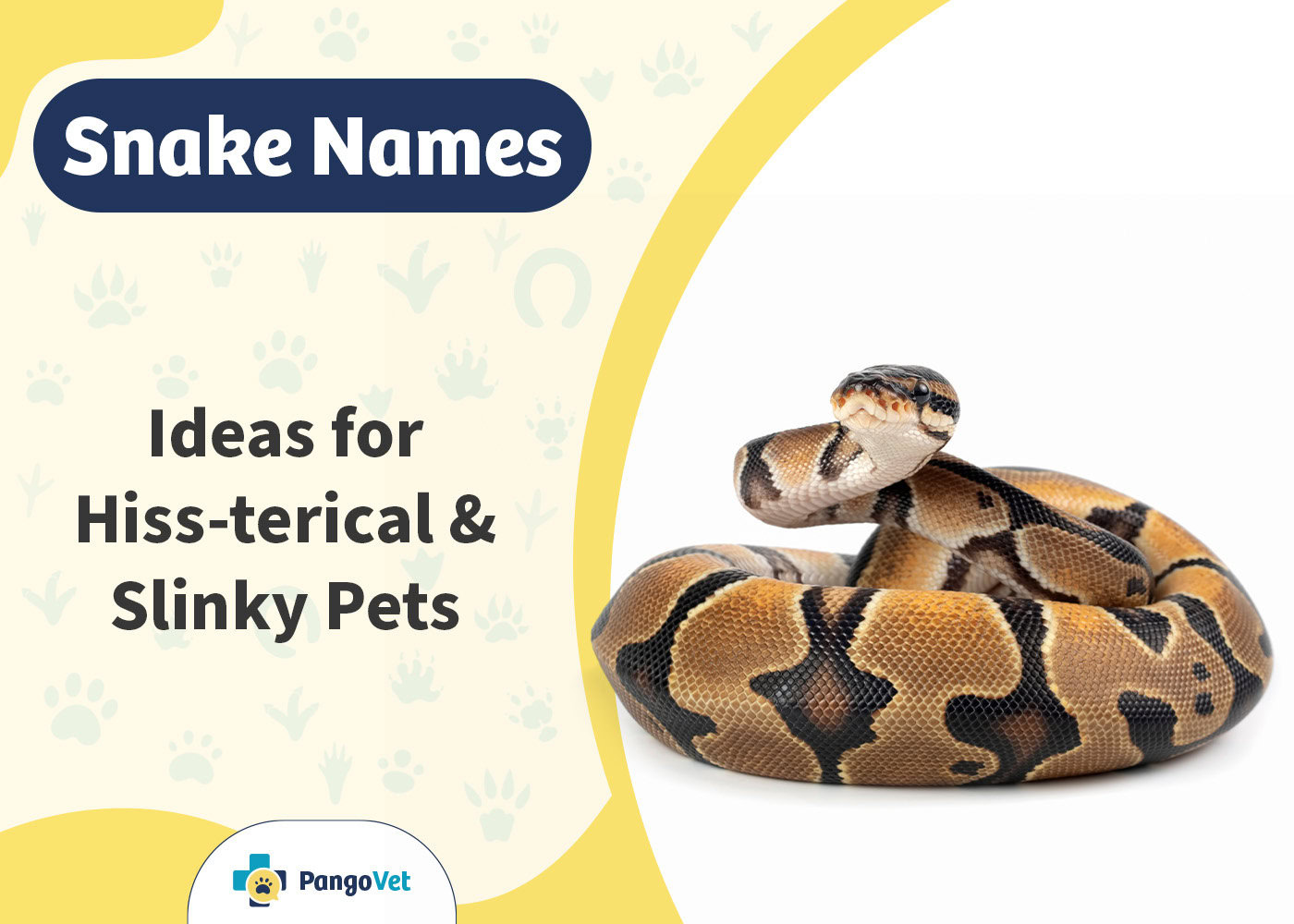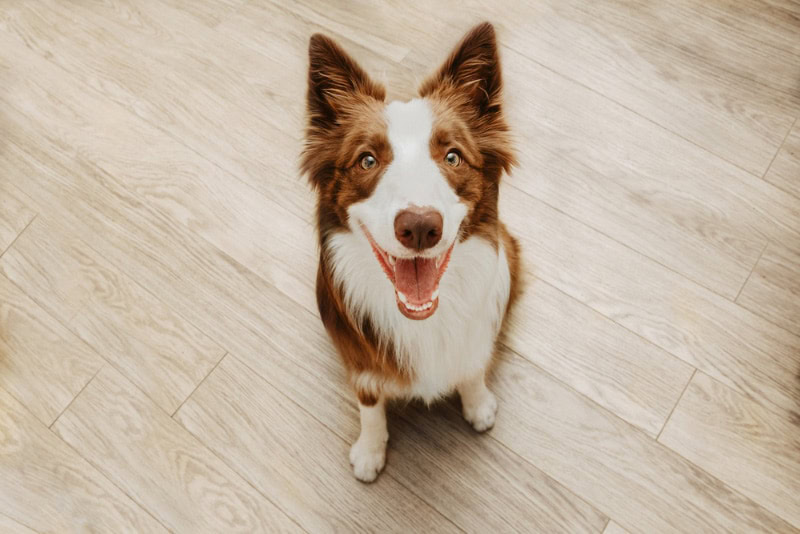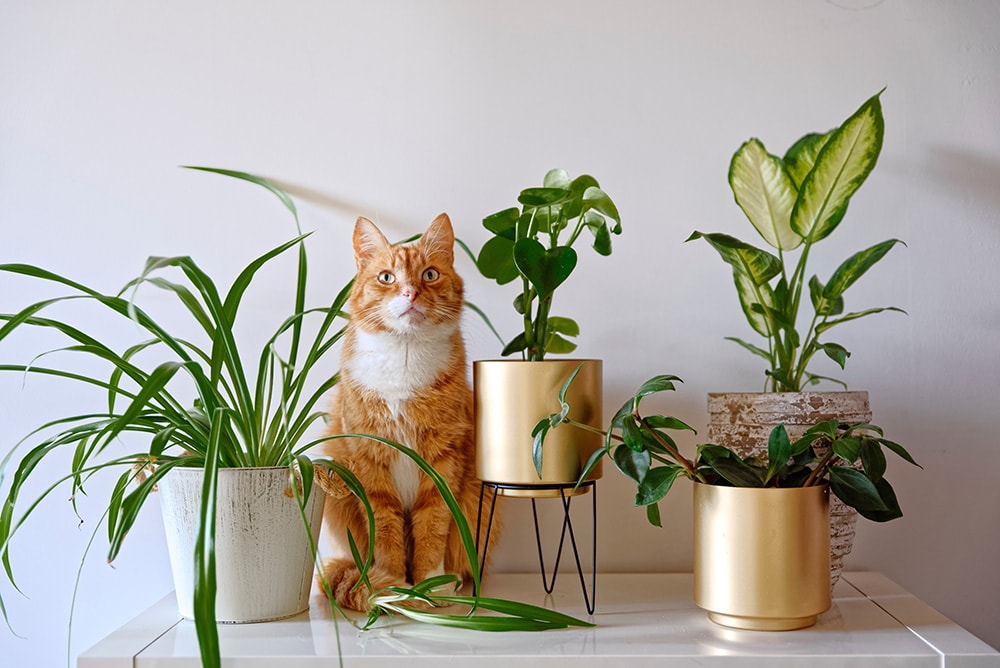VET APPROVED

The information is current and up-to-date in accordance with the latest veterinarian research.
Learn more »Click to Skip Ahead
Tuxedo cats are known for their fancy and dapper appearances. However, they’re not a specific breed of cat. Rather, tuxedo cats have a bicolor coat pattern due to color genetics. Many different kinds of cat breeds can have a bicolor coat pattern, and, therefore, they are tuxedo cats.
If you’re unsure of your cat’s breed, there are some clues you can look for to get a better idea of possible breeds they could be. Here are some things to observe to help you determine what breed your tuxedo cat is.

The 6 Signs to Tell What Breed Your Tuxedo Cat Is
1. Common Cat Breeds
The tuxedo marking is relatively common and isn’t considered to be a rarity. Unlike certain other coat types, like tortoiseshell and calico, tuxedo markings are equally seen in male and female cats. While many types of cats can have a tuxedo pattern, certain cat breeds don’t have it because it’s not included in their breed standards.
Examples of cat breeds that don’t have tuxedo patterns in their breed standards are Bengals and Siameses. So, if your cat has a tuxedo pattern, there are certain cat breeds that you can rule out.

2. Facial Features
Facial features can give you a lot of clues about your cat’s breed. Cat breeds can have different head shapes. Some have narrower faces, while others have rounder faces. Cats, like Persians, have shorter muzzles.
You can also get some clues from the ears. Some cat breeds are known for having folded ears, and others are known for having denser ear tufts. Eye shape and color can also be a clue, as some cat breeds can only have specific eye colors. The eye shape can also vary considerably from breed to breed, from almond shape to round. So, if your cat has peculiar or unique eyes, they may have one of these types of breeds in their ancestry.
3. Body Type
Different cat breeds have varying body types. These body types are often put into six categorizations:
- Oriental
- Cobby
- Semi-cobby
- Foreign
- Semi-foreign
- Substantial
An oriental body shape is long and lean, with a triangular head shape. Examples of cat breeds with an oriental body shape include Siamese, Oriental Shorthairs, and Oriental Longhairs. Cats with cobby body types are stocky with rounded features, such as Burmese and Persians. Cats with semi-cobby bodies are big-boned. American Shorthairs, Bombays, and Scottish Folds are all categorized under semi-cobby.
The foreign body type is long and lean, and the cat has almond-shaped eyes. Examples would be Turkish Angoras and Russian Blues. Cats with semi-foreign body types are known for having an average body shape and size. This category includes LaPerms, Devon Rexes, and Sphynxes. Lastly, the substantial body type includes cats with a larger and thicker build, like Maine Coons, Ragdolls, and Norwegian Forest cats. Although some of the mentioned breeds in this example do not present Tuxedo coats, knowing the body type can help you narrow down the list.
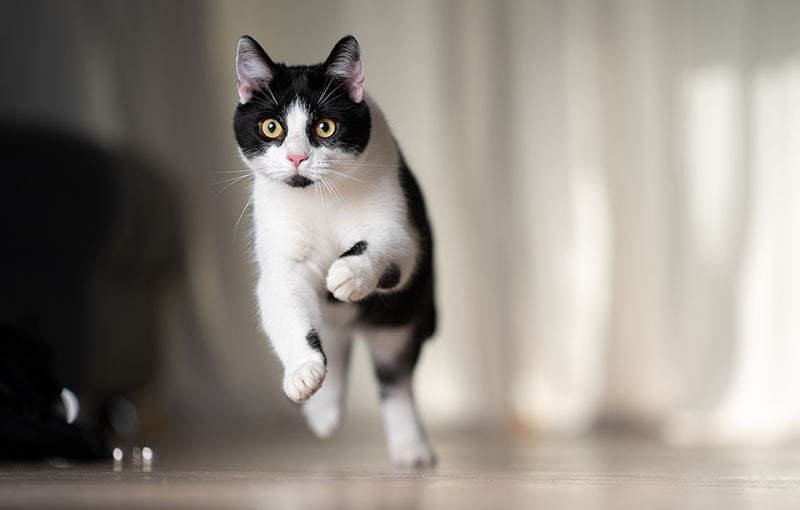
4. Size
Included with body type is size. Cats come in all sizes. Cats like the Munchkin and Singapura are extremely small and can weigh less than 5 pounds once fully grown. There are also giant cat breeds, like Savannah Cats, and Maine Coons.
If your cat is a mixed breed, it can be difficult to determine its breed just based on size. However, you can still get some good clues if your cat is exceptionally small or large.
5. Hair Type
Another clue to consider is hair type. Certain cat breeds can have long and short hair, while others have exclusively one type of hair.
Along with length, cat hair types can have varying textures. Wirehair cats, like the American Wirehair and Devon Rexes, have coarser hair. Some cat breeds have curly hair. Such breeds include Cornish Rexes and LaPerms.
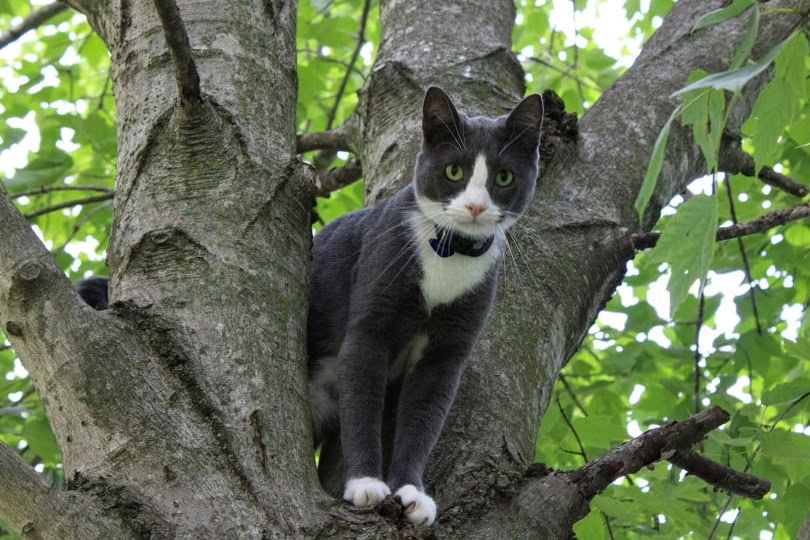
6. Temperament
Cat breeds are known to have standard temperaments. Some cat breeds are more likely to be social and playful, while others are known to be aloof and independent. Keep in mind that a cat isn’t guaranteed to have a personality that matches their breed standard. However, when you piece their temperament with other clues, you can get closer to determining what breed your tuxedo cat is.

Other Ways to Tell What Breed Your Cat Is
If you’re having trouble determining your tuxedo cat’s breed, you can try a few other things. First, a veterinarian with extensive experience working with cats can help you narrow down your guesses. Some cat behaviorists may also help you get closer to figuring out your cat’s breed.
You can also try using a cat DNA testing kit. These testing kits usually require submitting cheek swabs, and they can provide information on your cat’s breed and possible health risks. Just keep in mind that cat DNA tests don’t have very many industry regulations. So, make sure to choose from a reputable brand, and you may want to take the information you receive with a grain of salt.
What Causes Cats to Have Tuxedo Markings?
The tuxedo pattern is caused by white-spotting genes. This means that tuxedo cats have a black coat with white markings. The white-spotting gene also has different grade levels that range from 1 to 10. Cats with low-grade white-spotting genes will have less white on their coats and usually have white on their paws and chest. Cats with high-grade white-spotting genes will have coats that are at least 60% white, and they often look like white cats with black spots.


Conclusion
You can make some pretty close guesses about your tuxedo cat’s breed by observing their physical features and temperament. So, take note of your cat’s size, body type, and personality traits. Then, you can look up cat breeds that closely match your observations. If you’re still at a loss, you can always try enlisting the help of your veterinarian or use a DNA testing kit to narrow down the possible breeds your tuxedo cat can be.
See also:
- Tuxedo Cat Price: How Much Do They Cost?
- Tuxedo Maine Coon: Pictures, Care Guide, Temperament & Traits
Featured Image Credit: yannickmcosta, Pixabay
